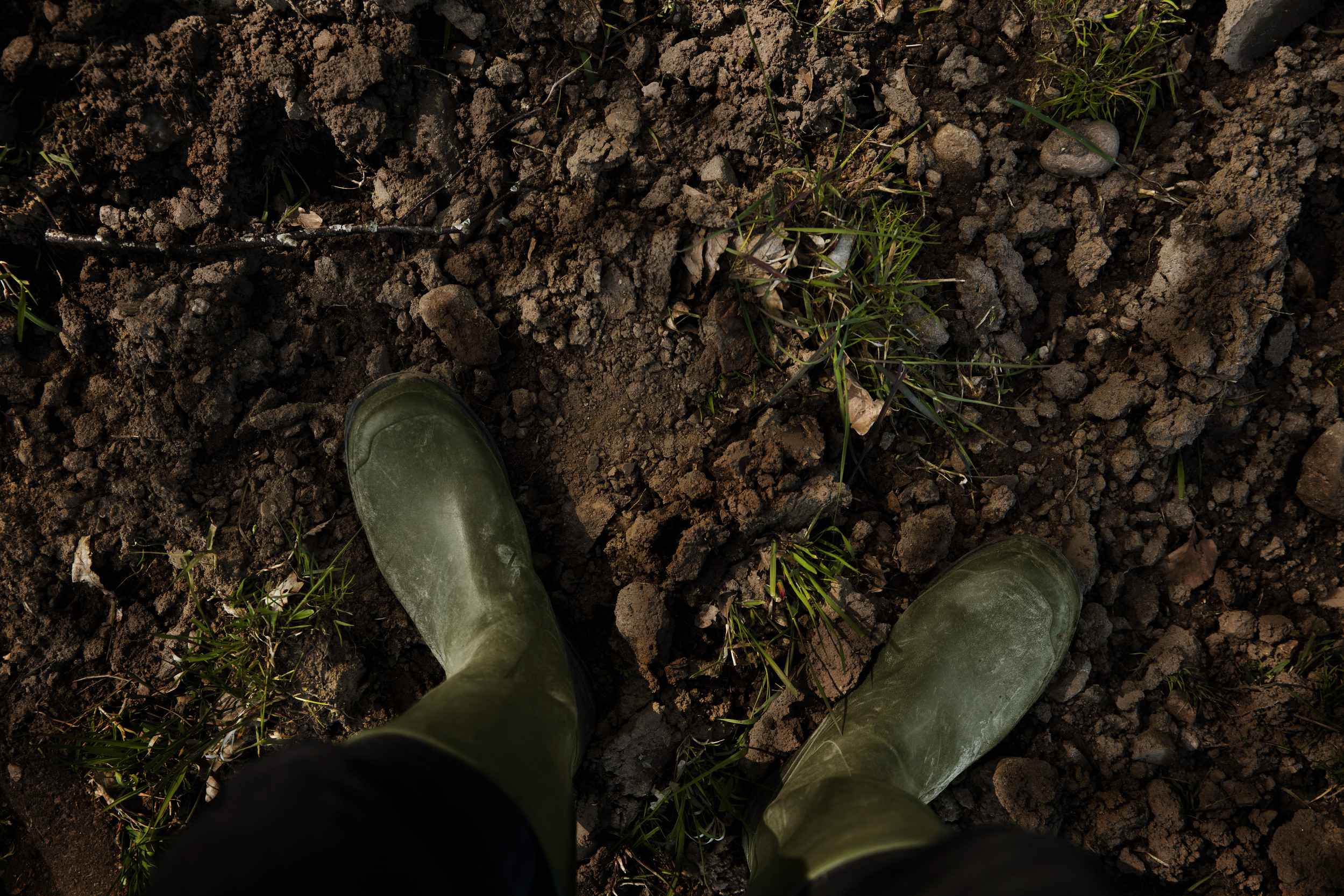The central question is:
- How does land use and soil pollution affect soil functions and associated ecosystem services, in the presence of important drivers such as climate change, and how can we predict the effects of mitigation and adaptation measures?
PHISHES is developing a digital platform with workflows and tools to quantify the effects of management measures and remediation strategies. The platform connects existing models such as MIKE SHE for simulating hydrological processes, DAISY for the soil-plant-atmosphere system, and HYDRUS and MOD-FLOW/MT3D for soil- and groundwater. The goal is to develop tools that predict how policy decisions affect soil health/soil functions/ecosystem services, thereby providing information to make good decisions.


